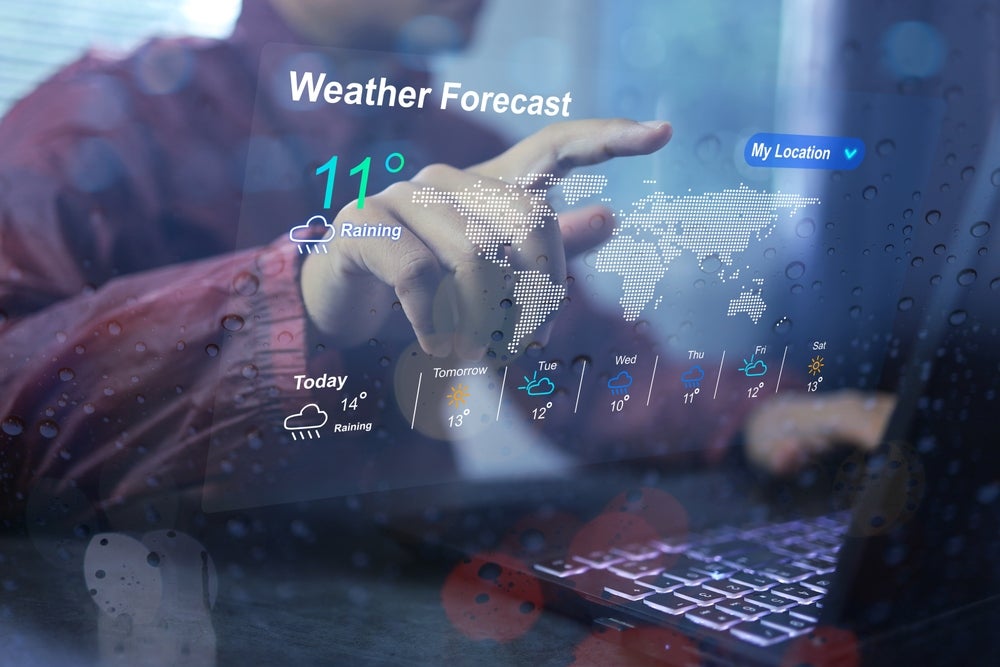By leveraging machine learning techniques trained on extensive datasets, AI can analyse a wide range of data from sources such as weather radars, satellite imagery, and historical weather patterns.
This enables meteorologists to make more accurate predictions to anticipate changes in temperature, precipitation, and wind, and even predict how weather will affect solar installations.
The world experienced its hottest temperatures on record in 2024, with extreme weather events occurring across the globe, from wildfires in California to mass flooding in Pakistan. Due to such disastrous events, the need for greater tracking and weather observation has accelerated in importance.
Who is developing AI-powered forecasting?
Several companies are at the forefront of developing AI-powered weather forecasting systems. The European Centre for Medium-range Weather Forecasts has introduced a new European AI system that outperforms conventional methods by predicting a wider range of parameters up to 15 days ahead. It differs from other models because not only does it predict standard temperature, precipitation, and wind, but it also forecasts solar radiation and wind speeds at 100 metres—which is helpful for the renewable energy sector.
The new European system can predict the track of a tropical cyclone 12 hours further ahead, and their forecasts are made publicly available.
Some of the biggest names in tech have been exploring AI’s ability to boost weather forecasting. Google’s Deepmind AI model, GenCast, utilises four decades of historical weather data to generate accurate forecasts. Nvidia’s Corrective Diffusion (CorrDiff) model successfully identifies and predicts storms, including typhoons. NVIDIA also has a weather app called StormCast which is a generative AI model designed for predicting mesoscale weather patterns. In China, leading AI weather tools include Pangu-Weather from Huawei and FuXi from the Shanghai Academy of AI for Science and Fudan University.
The business impact of AI-powered weather forecasting is significant
Enhanced forecasting means companies can better prepare for unexpected weather changes and mitigate the risks associated with catastrophic weather events. Accurate and timely weather data allows for early detection of supply chain disruptions, enhancing operational efficiency and risk management. Industries such as energy, agriculture, retail, transport, and financial services stand to benefit the most. For example, the energy sector can predict energy demand and optimise resource management based on weather forecasts.
The agricultural sector stands to gain from AI weather forecasting. Farmers can utilise precise forecasts to make informed decisions about crop protection, planting schedules, and harvest timings. This leads to optimised yield and reduced losses due to adverse weather conditions. One start-up targeting the agriculture sector is ClimateAi, which is using machine learning to provide enhanced short and long-range forecasting of microclimates.
Predicting the unpredictable
In summary, AI-powered weather forecasting is becoming increasingly crucial as the world faces unpredictable weather patterns and extreme conditions from wildfires, storms, and increased rates of flooding.
The ability to receive advanced warnings and plan for these severe weather events is invaluable for companies and countries. It will allow both to manage resources effectively and people. Ultimately, AI-driven predictive weather forecasting will save lives, prevent damage, and provide substantial cost savings.










